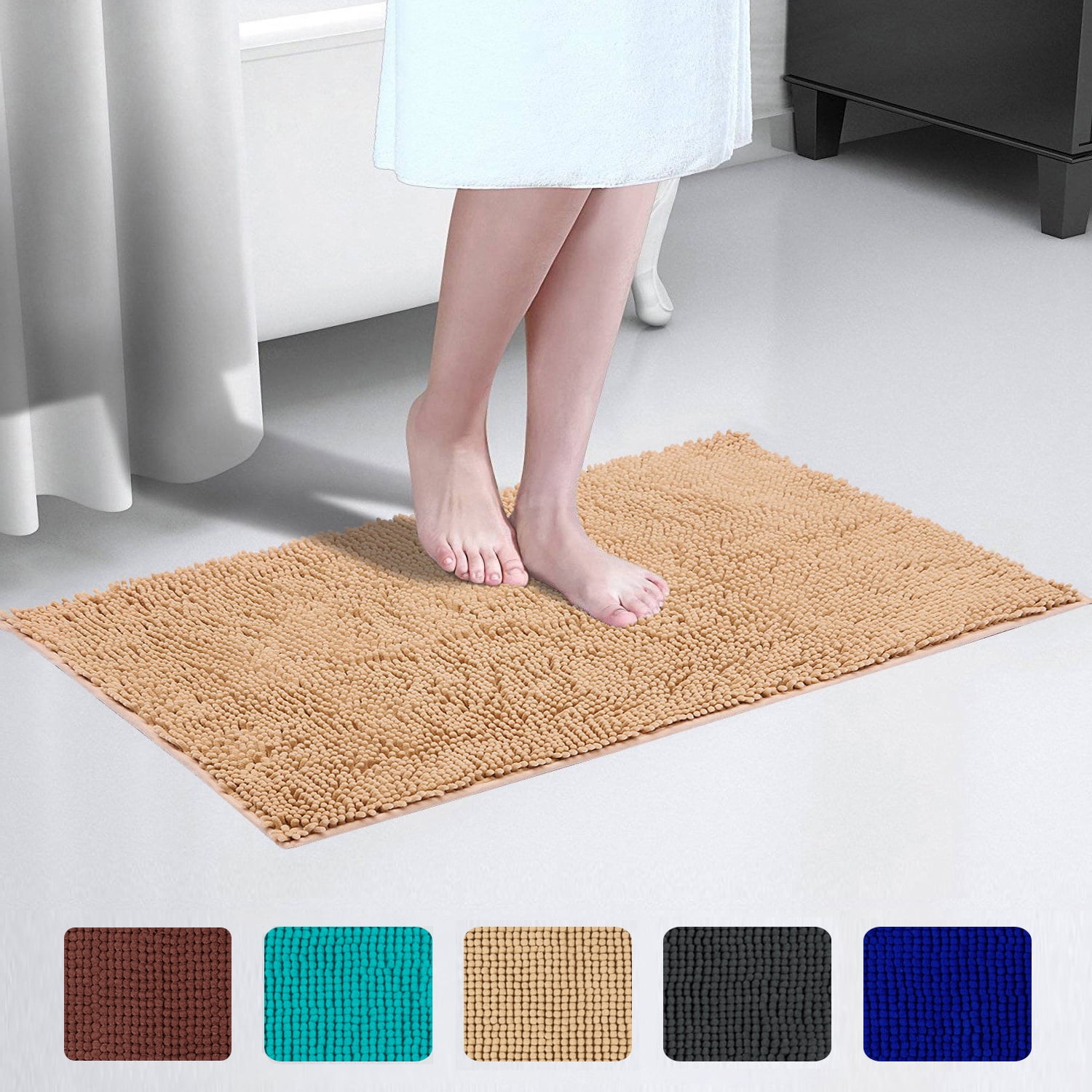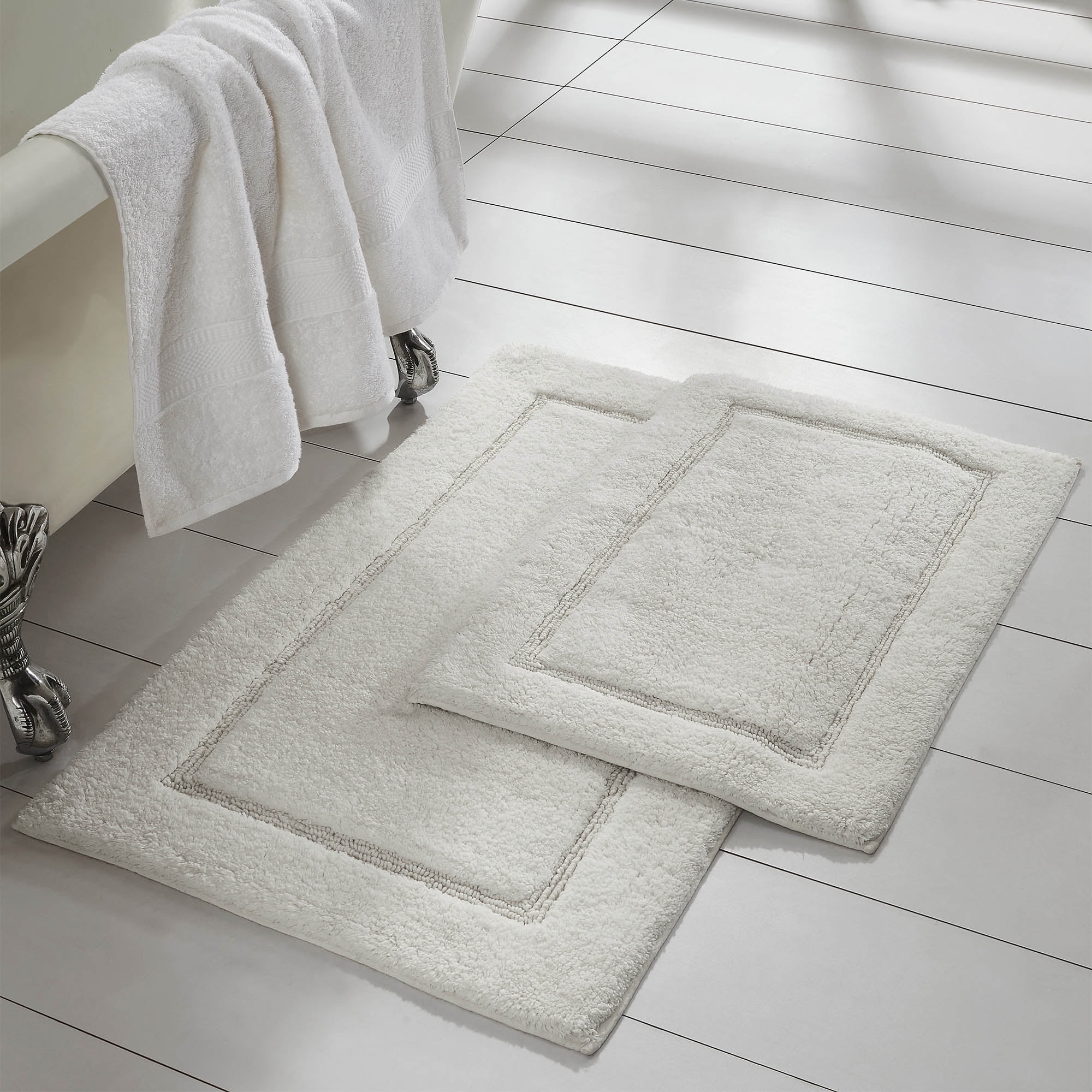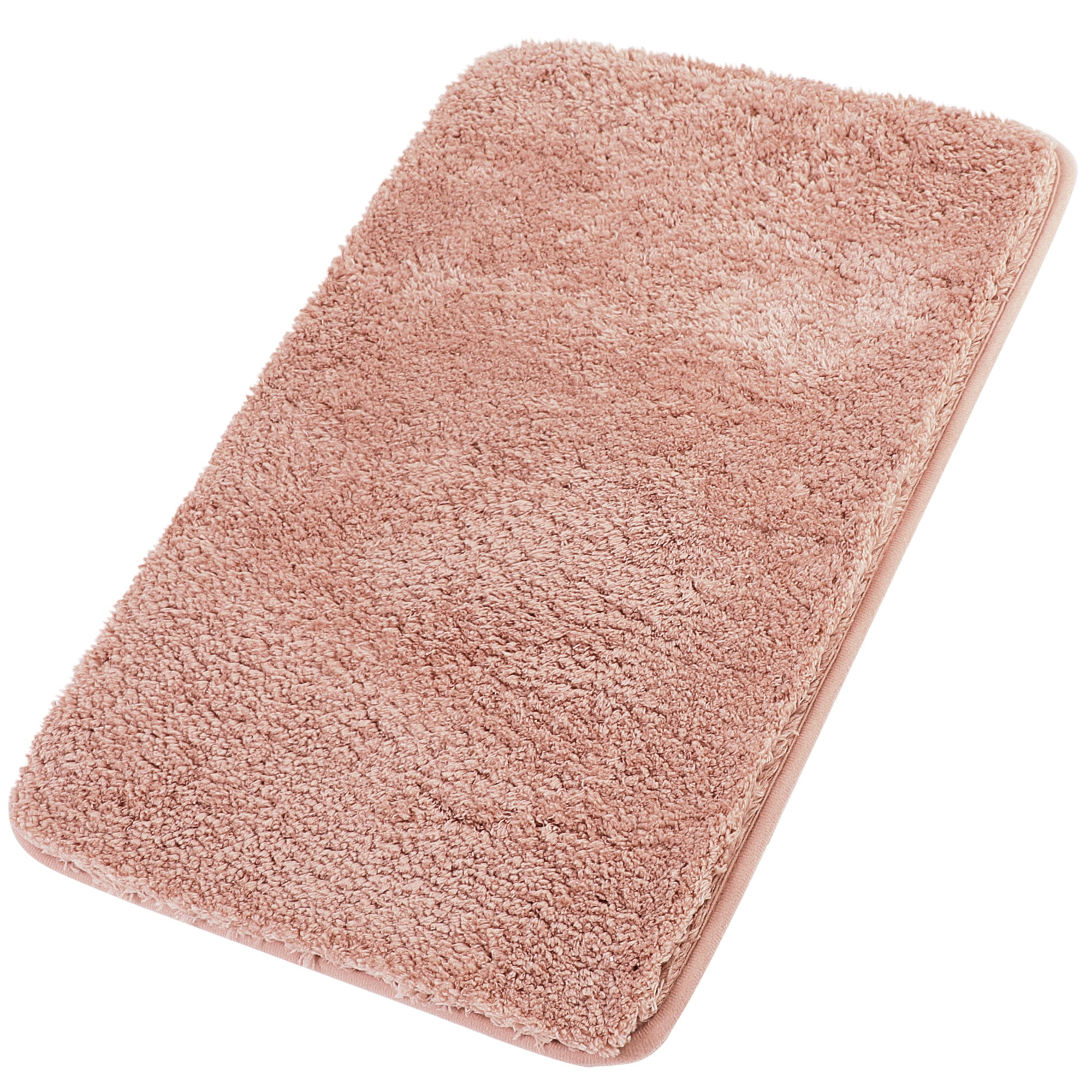The Importance of Anti-Slip Bathroom Rugs

The bathroom is a place where accidents can easily occur due to the presence of water and other slippery surfaces. Anti-slip bathroom rugs are essential safety features that can significantly reduce the risk of falls and injuries. They provide an extra layer of protection, especially for individuals who are prone to slipping, such as children, seniors, and those with mobility issues.
The Potential Hazards of Slippery Bathroom Floors, Anti slip bathroom rugs
Slippery bathroom floors pose a serious risk of falls, which can lead to various injuries, ranging from minor bruises to severe fractures. The presence of water, soap, shampoo, and other liquids on the floor creates a slippery surface that can easily cause someone to lose their balance. Even a slight slip can result in a hard fall, particularly on hard surfaces like tiles or linoleum. Falls in the bathroom are a common cause of injuries, especially among older adults.
Types of Bathroom Surfaces That Benefit From Anti-Slip Rugs
Anti-slip rugs are beneficial for a variety of bathroom surfaces, including:
- Tiled floors: Tiles are often smooth and slippery, especially when wet. Anti-slip rugs can provide a safe and secure surface for walking.
- Linoleum floors: Linoleum is another common bathroom flooring material that can become slippery when wet.
- Shower floors: Shower floors are particularly susceptible to slipping due to the presence of water and soap. Anti-slip rugs placed outside the shower can prevent falls when stepping out of the shower.
- Bathtub surrounds: Bathtub surrounds are often made of slippery materials like acrylic or porcelain. Anti-slip rugs can provide a safe surface for getting in and out of the bathtub.
Types of Anti-Slip Bathroom Rugs: Anti Slip Bathroom Rugs

Choosing the right anti-slip bathroom rug involves considering the material it’s made from. Different materials offer varying levels of absorbency, durability, and ease of cleaning, influencing their suitability for specific bathroom needs.
Materials Used in Anti-Slip Bathroom Rugs
Anti-slip bathroom rugs are available in a variety of materials, each with its own set of advantages and disadvantages. The most common materials include:
- Microfiber: Known for its exceptional absorbency, microfiber is a popular choice for bathroom rugs. It quickly soaks up water, preventing puddles and keeping the floor dry. Microfiber rugs are also soft and comfortable underfoot. However, they can be prone to shedding and may require more frequent washing than other materials.
- Cotton: A natural and breathable material, cotton is another common choice for bathroom rugs. It’s soft and absorbent, making it comfortable to stand on. Cotton rugs are also relatively inexpensive and easy to find. However, they tend to be less durable than other materials and may shrink or become misshapen after washing.
- Rubber: Rubber is a durable and waterproof material often used for the backing of anti-slip bathroom rugs. It provides excellent grip on the floor, preventing the rug from slipping. However, rubber rugs can be stiff and uncomfortable to stand on, and they may not be as absorbent as other materials.
- PVC: PVC (polyvinyl chloride) is a synthetic material that is often used for the backing of anti-slip bathroom rugs. It is durable, waterproof, and relatively inexpensive. However, PVC can be less environmentally friendly than other materials, and it may not be as soft or comfortable underfoot.
Comparing and Contrasting Rug Materials
To make an informed decision, it’s essential to weigh the pros and cons of different rug materials:
| Rug Material | Advantages | Disadvantages | Recommended Uses |
|---|---|---|---|
| Microfiber | Highly absorbent, soft and comfortable, dries quickly | Prone to shedding, may require frequent washing | High-traffic areas, families with young children |
| Cotton | Natural, breathable, soft, inexpensive | Less durable than other materials, may shrink or become misshapen | Low-traffic areas, decorative purposes |
| Rubber | Durable, waterproof, excellent grip | Stiff and uncomfortable, may not be as absorbent | High-traffic areas, areas prone to spills |
| PVC | Durable, waterproof, inexpensive | Less environmentally friendly, may not be as soft or comfortable | Budget-friendly option, high-traffic areas |
Choosing the Right Anti-Slip Bathroom Rug

Selecting the right anti-slip bathroom rug involves considering several factors to ensure both safety and aesthetics. These factors include the rug’s size and shape, color and design, and slip resistance rating.
Determining the Appropriate Size and Shape
The size and shape of the bathroom rug should complement the bathroom’s layout and provide adequate coverage for the desired area.
- A smaller rug can be placed in front of the sink or bathtub, while a larger rug can cover a wider area, such as the entire floor space in front of the vanity and toilet.
- The shape of the rug should also be considered. Rectangular rugs are commonly used in bathrooms, but round or oval rugs can add a touch of elegance.
- The rug should be large enough to prevent feet from coming into contact with the slippery bathroom floor, but not so large that it becomes a tripping hazard.
Selecting the Right Color and Design
The color and design of the bathroom rug should complement the overall décor of the bathroom.
- Neutral colors like white, beige, or gray can create a calming and clean atmosphere.
- Bold colors like blue, green, or red can add a pop of personality to the bathroom.
- The design of the rug should also be considered. Simple patterns can create a minimalist look, while intricate patterns can add a touch of sophistication.
- The rug should be chosen to complement the existing bathroom fixtures and accessories, such as the towels, shower curtain, and vanity.
Considering Slip Resistance Rating
The slip resistance rating of a bathroom rug is crucial for safety.
- A higher slip resistance rating indicates a greater level of safety.
- The rug should be tested and certified to meet safety standards for wet and slippery surfaces.
- The slip resistance rating should be considered based on the type of bathroom surface. For example, a rug with a higher slip resistance rating may be needed for a tiled floor than for a vinyl floor.
Suitability for Different Bathroom Surfaces
The suitability of a bathroom rug for different bathroom surfaces should be considered.
- Some rugs are designed specifically for tile floors, while others are better suited for vinyl floors.
- The rug’s material and backing should be considered to ensure it adheres properly to the surface and prevents slipping.
- For example, a rug with a rubber backing may be more suitable for a tiled floor than a rug with a fabric backing.
